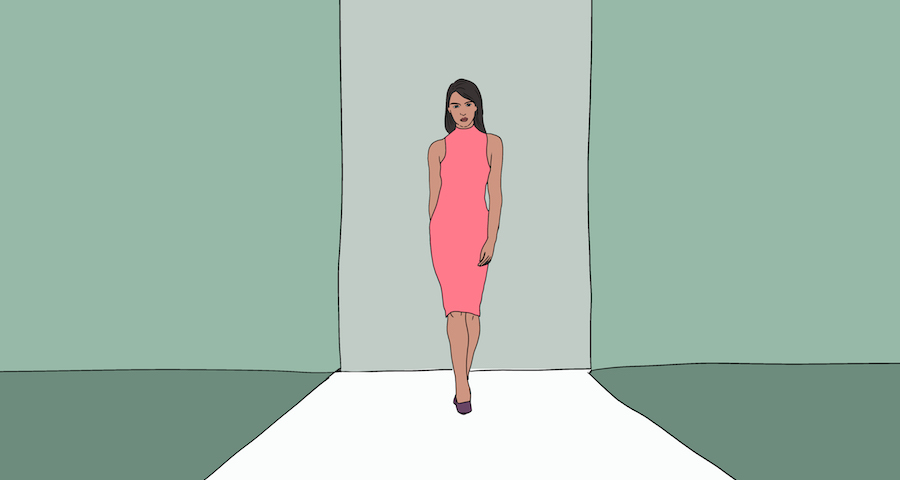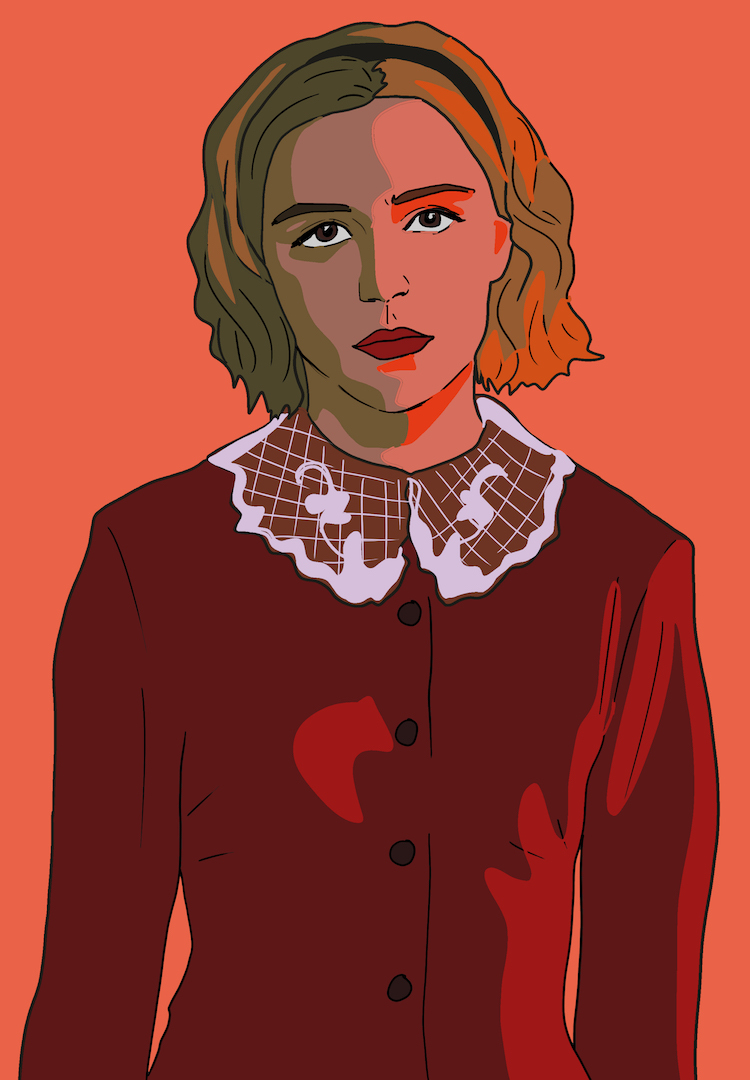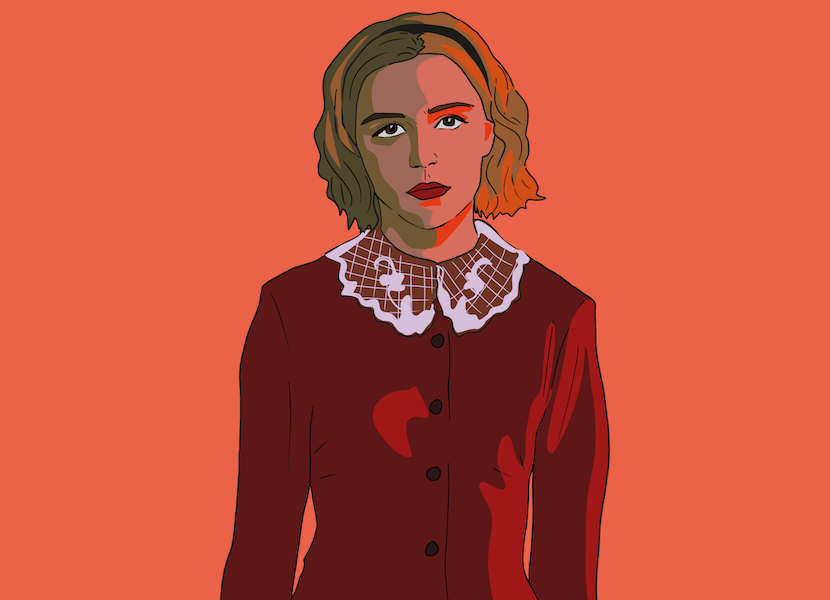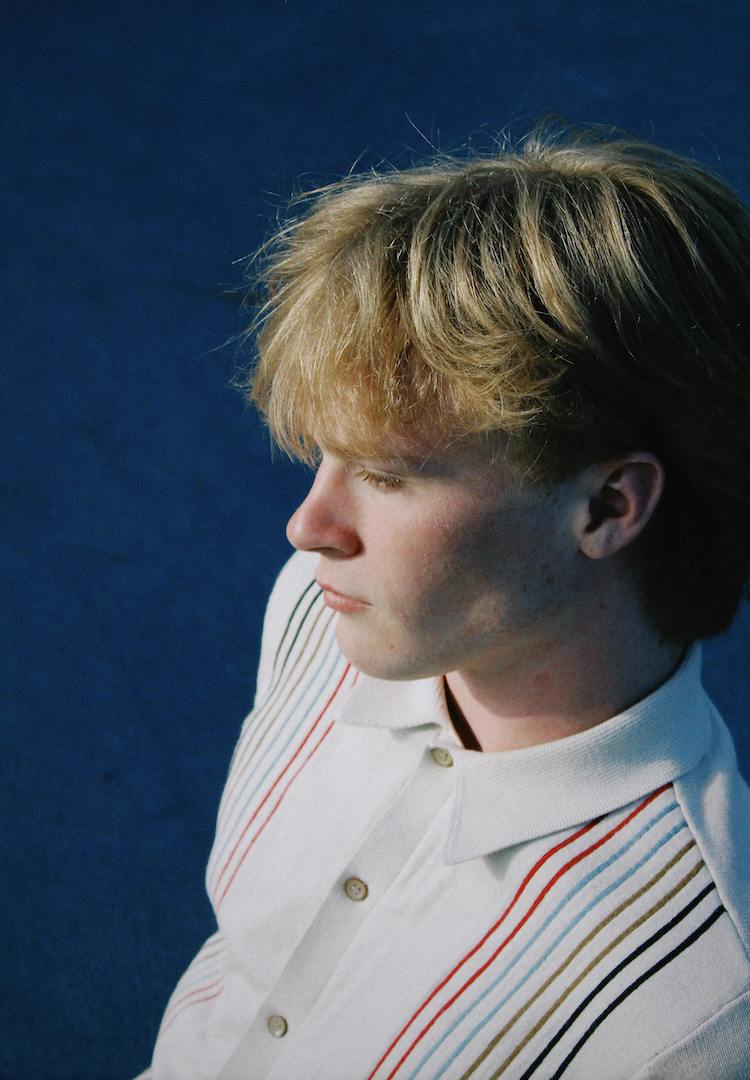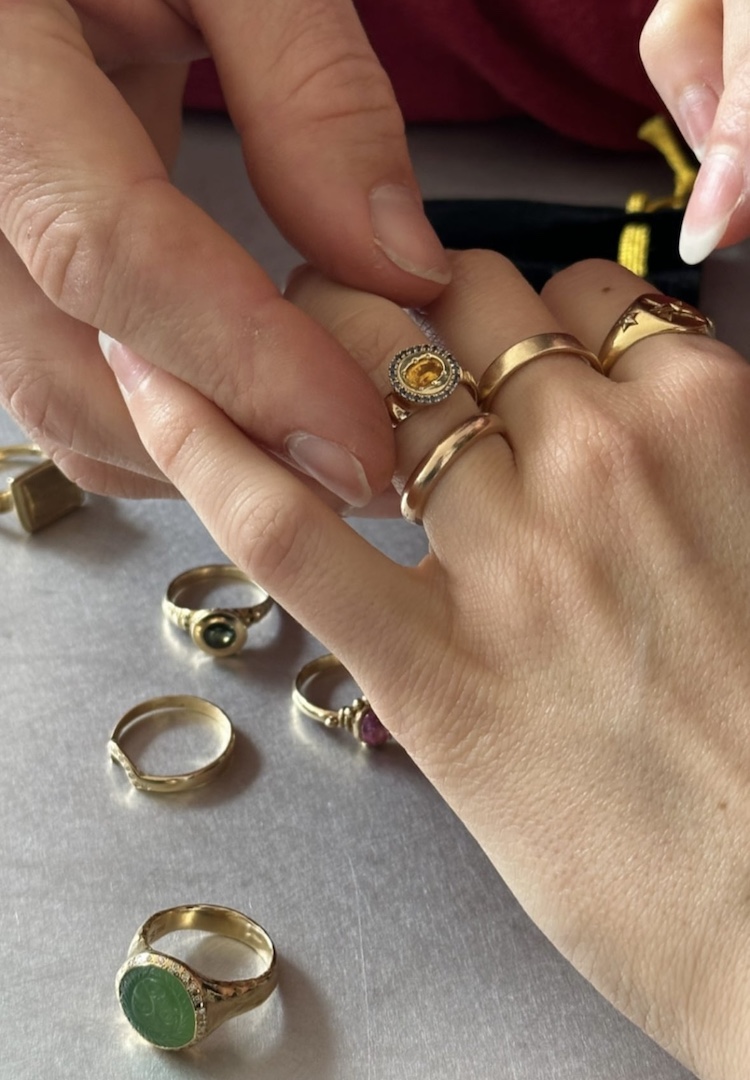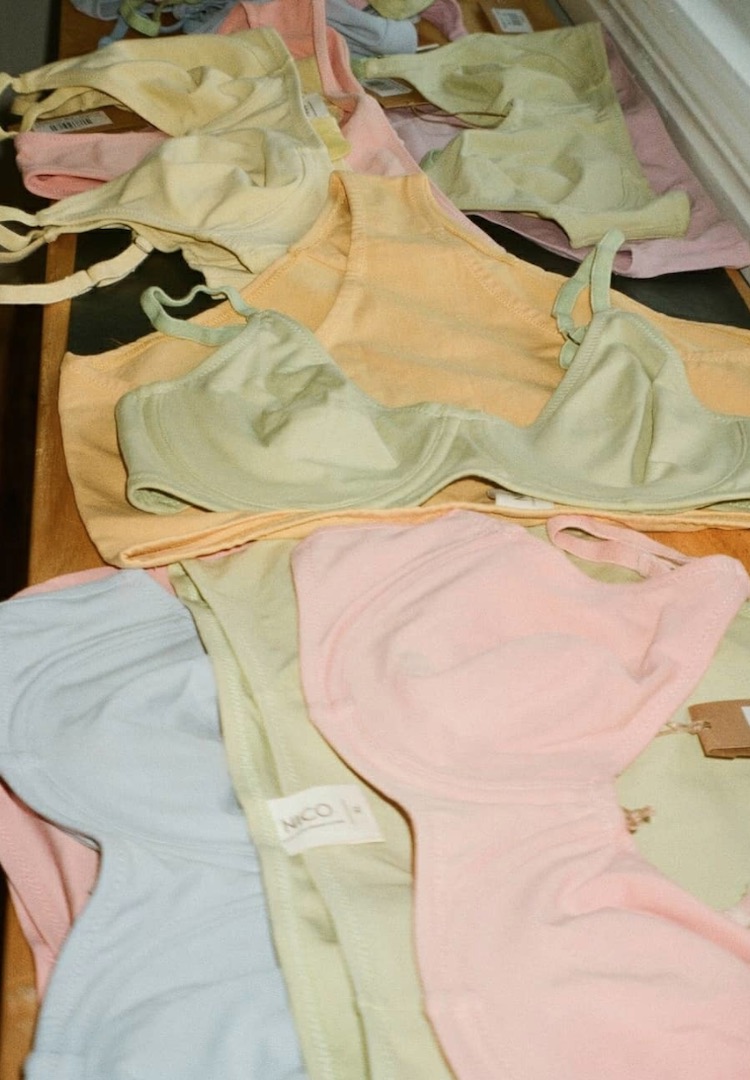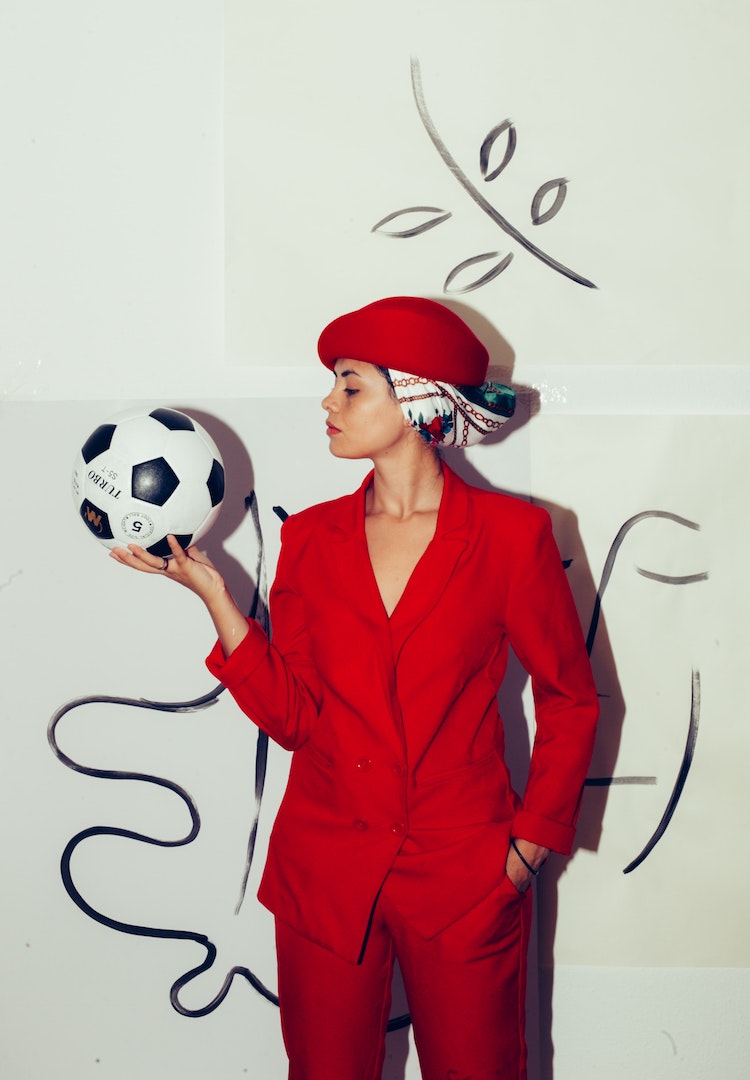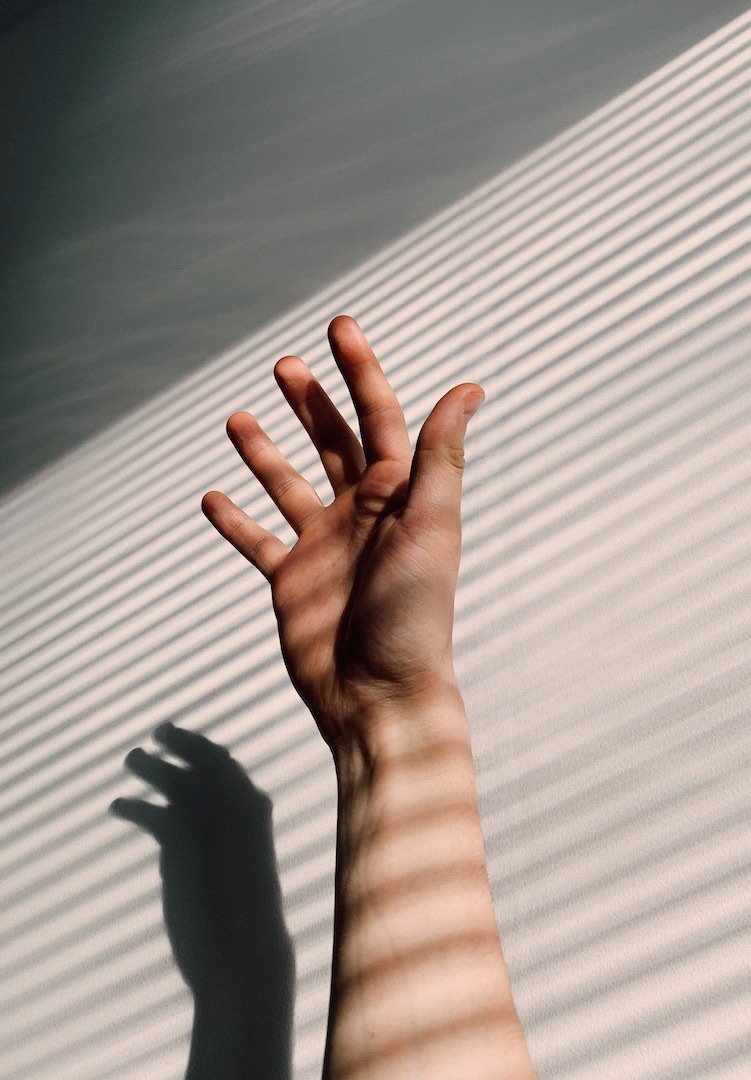Have TV reboots killed feminism?
Illustration by Twylamae
Words by Maeve Kerr-Crowley
Just leave it alone.
In case you haven’t noticed, reboots are everywhere right now.
No matter where you source your bingeing material, you’re bound to come across a shiny imitation of something you or your parents watched a couple of decades ago.
But as well as being plentiful, these reboots are also pretty controversial.
In one camp, viewers adopt a ‘don’t touch my things’ mentality, where old favourites are better left alone and untainted by a new cast and crew. But for others, there’s an inexplicable desire to revisit previously popular concepts in a new, more socially aware context.
This new ‘progressive’ approach to reboots has proven particularly popular for shows targeted to women and young girls. It’s no secret that female representation in the ’80s and ’90s left a lot to be desired. And the standards of ye olden times can lead to some pretty questionable jokes and themes when watching shows retrospectively.
A more thoughtful, feminist take on old favourites might seem welcome and refreshing. But the execution of these updates – with tokenised minority characters and scripts drowning in buzzwords – often feels more like trend-fuelled pandering than an authentic desire to incite change.
Here’s a look at some popular reboots that hit the small screen in the past couple of years, to see whether their girl power credentials justify them being made at all.
Chilling Adventures of Sabrina
This reincarnation was marketed from the get-go as a darker, more politically driven take on the tale of Sabrina. And, admittedly, there are themes woven through the plotline that weren’t touched by most media in the ’90s, let alone by a goofy, magical teen sitcom.
Chilling Adventures of Sabrina has a racially diverse cast, LGBT+ characters, and subplots that specifically focus on trans issues. The show even cast a non-binary actor, Lachlan Watson, to play Sabrina’s best friend Susie – a rare feat even in productions with trans and non-binary protagonists.
From a feminist angle, Sabrina’s struggle with signing herself over to the devil is a not-so-subtle metaphor for women’s fight for bodily autonomy. All the while, she’s campaigning loudly and proudly for equality within the halls of her human high school.
But while the right to fight for what you believe in is a great thing to expose a young audience to, the heavy handedness of the show’s delivery makes the message hard to digest. The whole thing comes across as a pretty white girl’s soap box tirade, painting Sabrina as the only one capable of saving her poor, oppressed minority friends. And please, don’t get me started on the painfully awkward half-witch racism analogy we’re expected to care about here.
Charmed
Seeing last year’s Charmed reboot dubbed a feminist take on the original storyline, actress Holly Marie Combs (who played Piper Halliwell in the original series) sarcastically tweeted, “Guess we forgot to do that the first go around.”
Her defensiveness is far from unwarranted. Charmed (1998-2006) may not have been perfect, but for a late ’90s series, it was undoubtedly ahead of its time. Combs and her co-stars were involved in the writing and production of every episode, and the Halliwell sisters were complex, believable characters with successful careers and well-developed personalities.
Huge, genuine kudos to the reboot for casting women of colour in the three leading roles and including some LGBT+ representation that was sorely lacking in the OG series. But, unfortunately, that’s where my praise runs out.
As well as cheesy production and lacklustre writing, the series shoves meaningless, uber-sassy feminism down its viewers’ throats. Rather than actually doing anything subversive or empowering, the characters will just tell you they’re feminists. Repeatedly. Which, funnily enough, doesn’t really count.
Heathers
In theory, there’s a lot of potential when adapting a movie into a TV series. Plot points can be expanded on, character backstories can be developed, and new themes can be explored. Yet in a creative and unexpected twist, the Heathers series did absolutely none of this.
The thing about Heathers (1989) is that the film itself was controversial. But its dark themes and satirical take on the lives of high-school girls were saved and uplifted by a campy, hyper-stylised execution that could only have worked in the ’80s.
So, ripping it from its time and framing the story around cartoonishly entitled millennials feels equally embarrassing and cruel. At times, it’s harder to tell whether the characters or the writers take themselves more seriously, and the result is that the viewer doesn’t get to feel validated or have any fun.
Like most reboots, adaptations and spin-offs these days, Heathers went ham on diversity. But turns out when you cast minority actors exclusively as villains – namely Plus-Size-Heather, Non-Binary-Heather, and Biracial-Girl-Pretending-To-Be-A-Lesbian-For-Clout-Heather – it mostly just leaves a bad taste in your mouth. It’s almost like the original Heathers were white, pretty, rich girls drowning in privilege for a reason.
And while those pesky minorities are making everyone’s lives miserable, it’s up to the show’s pretty, white protagonist to make an empowering feminist stand. Who cares if she’s straight up unhinged and her boyfriend has less charisma than a brick. Work, girl.

